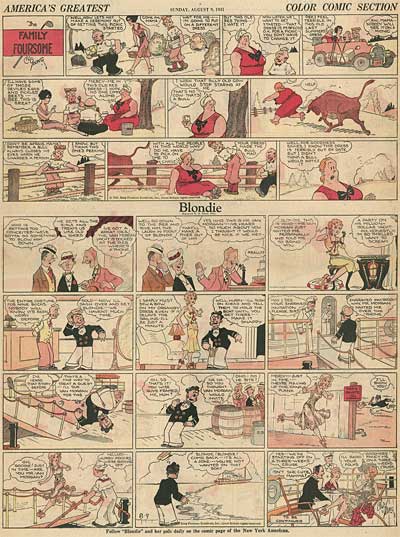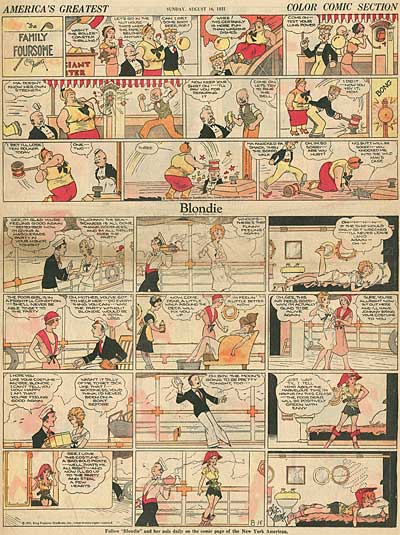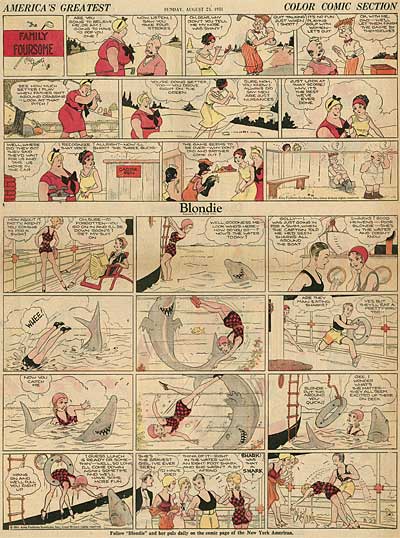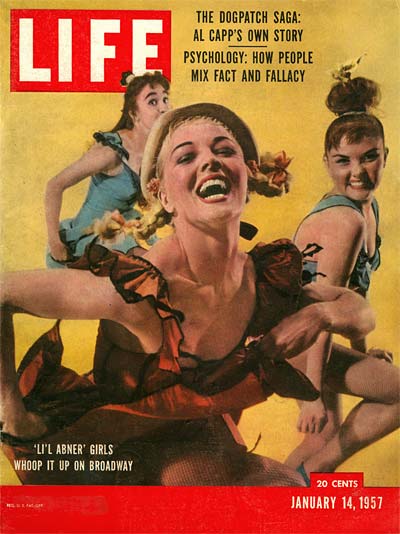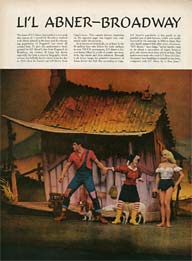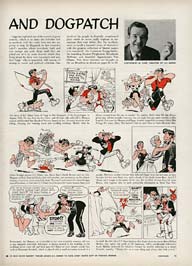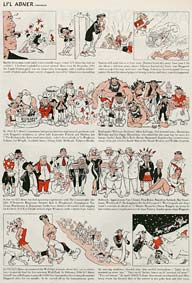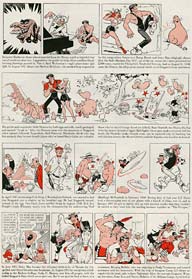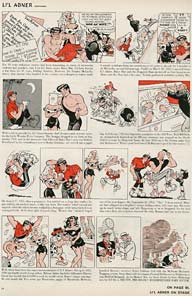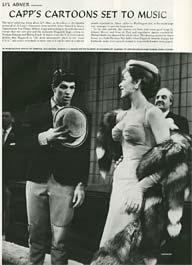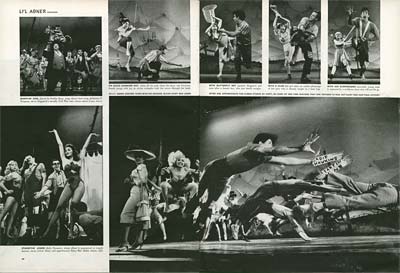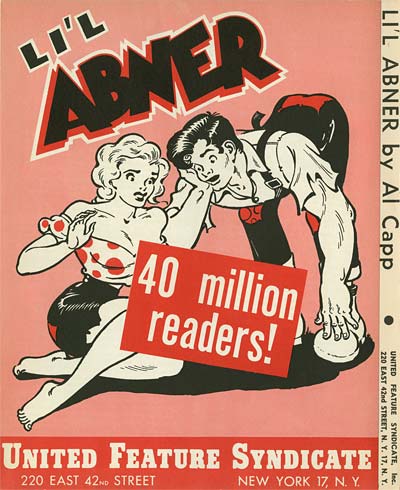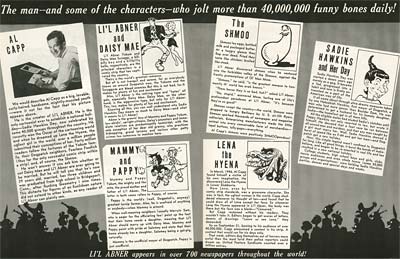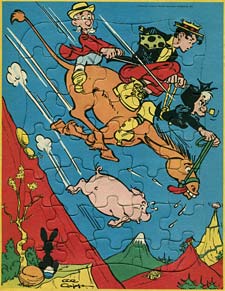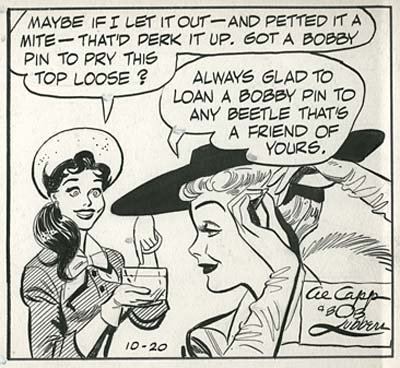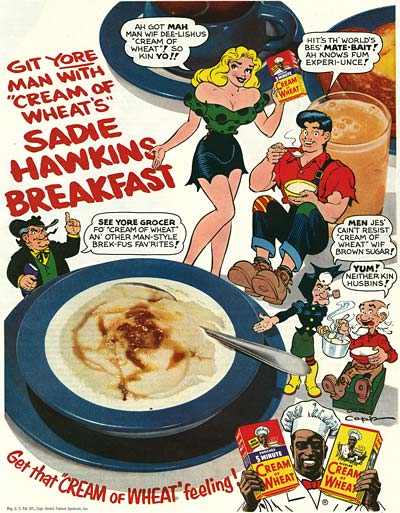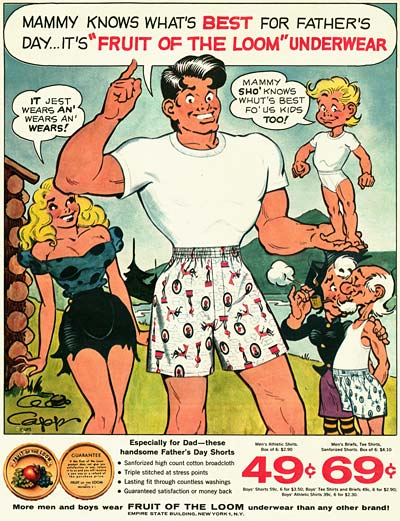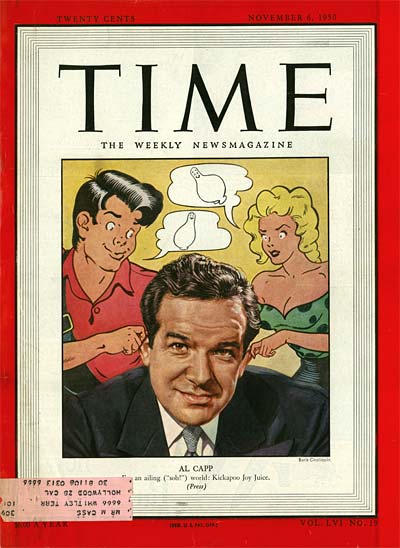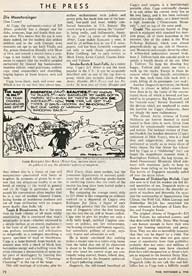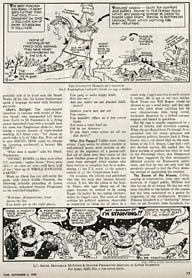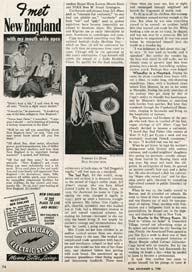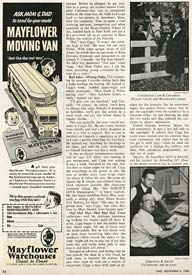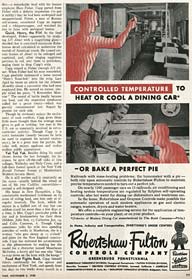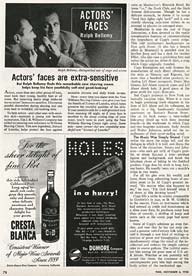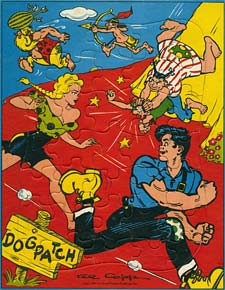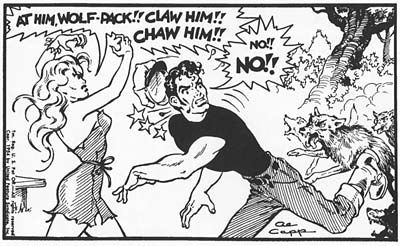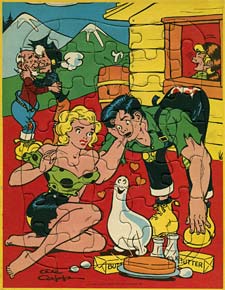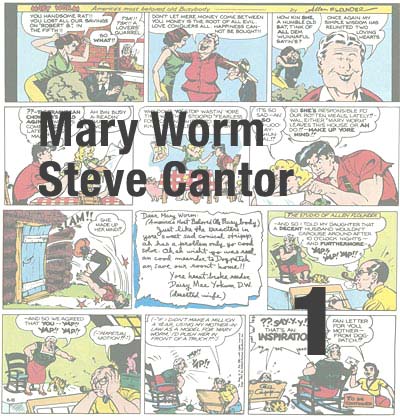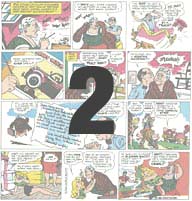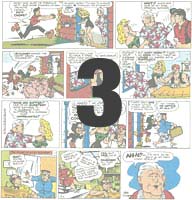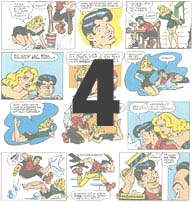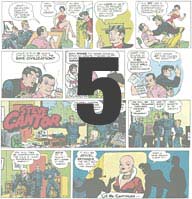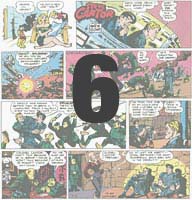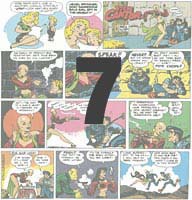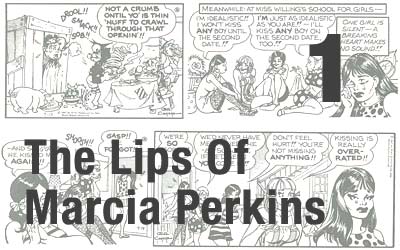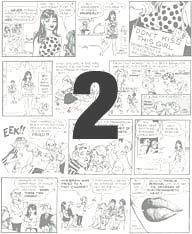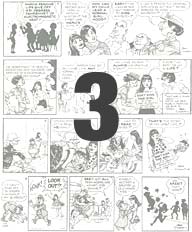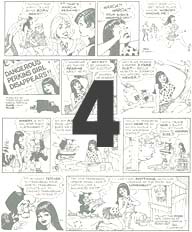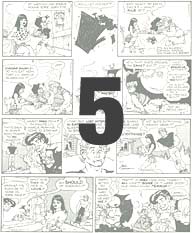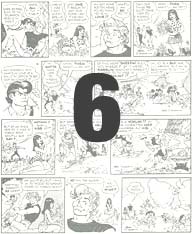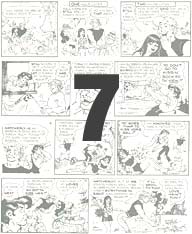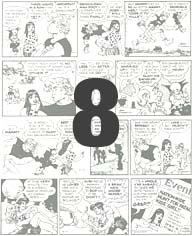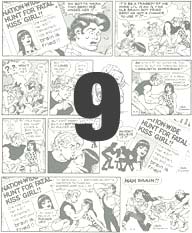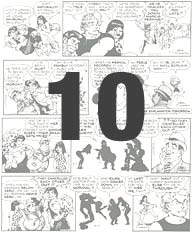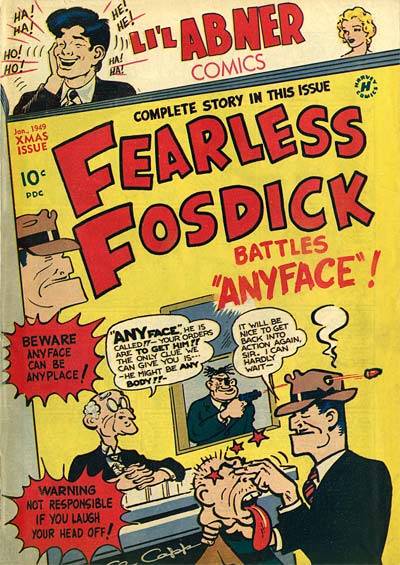
Today, I’m proud to bring you another entry in Mike Fontanelli’s important series of articles on Al Capp’s life and career. It’s not good enough to bounce through a few pages of these stories and glance at the pictures. You have to sit down and READ them to get the full impact. If you don’t have time right now, bookmark this page and come back later. I’m sure you’ll find these stories as mind-blowing as I do! -Stephen Worth
Capp’s writing was first-rate, his characterizations were multitudinous and superb, his artwork was stunning, his compositions clever and arresting. For pure humor he was unequalled, and he blithely produced some of the most devastating satire and parody in our history. What elevates Capp even further… is his unfailingly prescient comments on human nature. –Richard Marschall, Nemo Magazine, April 1986
[Capp] was far more an intellectual than he allowed the public to see. ‘Li’l Abner’ was his joke on the dismal world around him. His humor welled- up from the melancholy pits of a strapping kid made an amputee at age nine- just when the other boys were learning to kick a football, and scruff along scattering leaves on autumn afternoons. –Milton Caniff, 1985
Li’l Abner was a comic strip with fire in its belly and a brain in its head. –John Updike, 1991
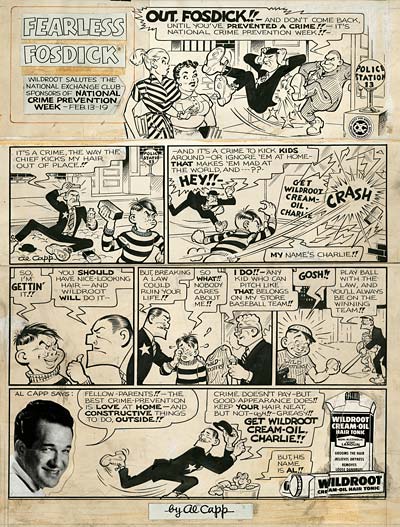
Nearly all comic strips, even today, are owned and controlled by syndicates, not their cartoonist creators. But in 1947 Al Capp brazenly defied his own syndicate, United Features. He sued them for $14 million, publicly embarrassed them in Li’l Abner, and successfully wrested back ownership and artistic control of his creation.
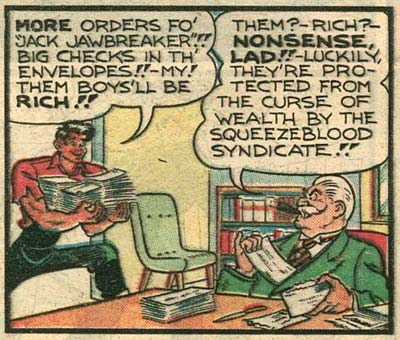
"Jack Jawbreaker Fights Crime!" (1947) may start out as an innocuous spoof of Superman, but don’t be fooled! It’s an angry and devastating satire of Jerry Siegel and Joe Shuster’s notorious exploitation by DC Comics…
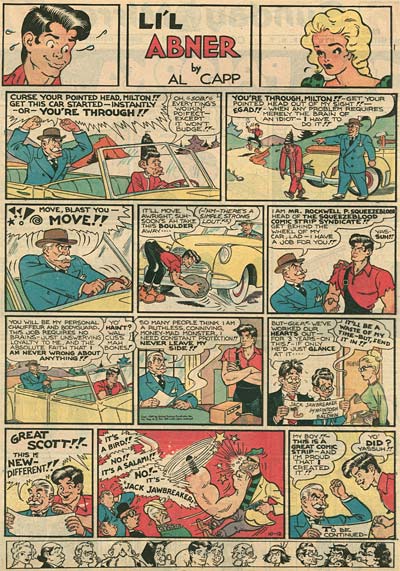

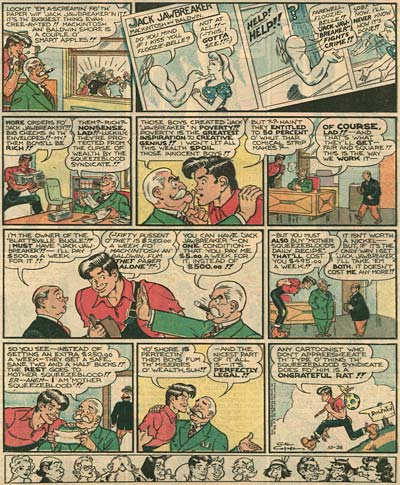
Capp’s classic Dick Tracy parody, Fearless Fosdick, was in some ways his most significant creation- at least in terms of lasting influence. It was almost certainly Harvey Kurtzman’s major inspiration for creating his innovative, irreverent Mad magazine, which began as a comic book that specifically parodied other comics in 1952. That alone makes Fearless Fosdick, indirectly, one of the prime influences on postwar American popular culture.
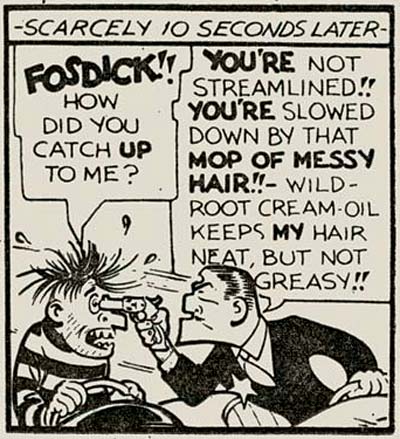
Similarities between Li’l Abner and the early Mad are unmistakable: the incongruous use of Yiddish terms, the nose-thumbing disdain for pop cultural icons, the persistent "black" humor, and most unmistakably, the extremely broad visual styling. Even the trademark comic "signs" that clutter the backdrops of Will Elder’s panels would seem to have precedence in Li’l Abner- in the residence of Dogpatch entrepreneur Available Jones. Tellingly, Kurtzman resisted parodying either Li’l Abner or Dick Tracy in the comic book Mad, despite their prominence.
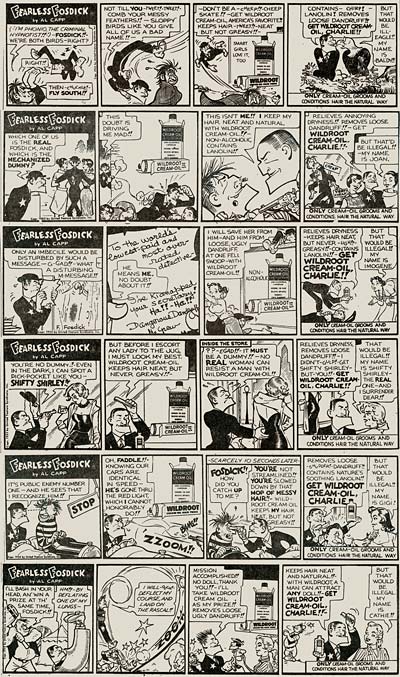
Sharp-eyed viewers of Warren Beatty’s big screen adaptation, Dick Tracy (1990) will have detected a direct, onscreen homage to Fearless Fosdick. The opera Tracy is attending when his 2-way wrist radio suddenly calls him to duty is titled "Die Schlmpf" on the concert program, after Elmer Schlmpf, the maniacal- albeit deceased- fiend from "The Poisoned Bean Case".
Like the Shmoo, Fosdick’s popularity would eventually rival that of the nominal star of the strip, Li’l Abner’s. So popular did Fosdick prove to be in his own right that he was licensed for use outside the strip, as a commercial pitchman for Wildroot Cream-Oil hair tonic. Fosdick’s image on tin signs and advertising displays became a prominent fixture in barbershops across America, as well as in animated TV commercials.
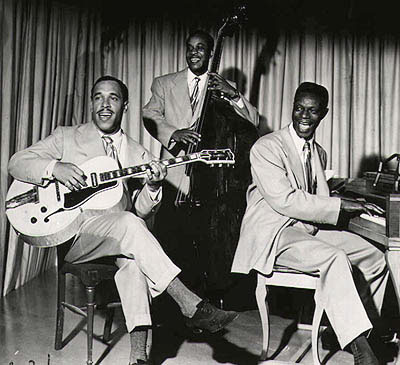
The Wildroot jingle- instantly familiar to radio listeners in the fifties- was performed by everyone from Bil Baird’s puppets to Nat King Cole, who once sang it on Woody Herman’s radio show. It went like this…
King Cole Trio: Wild Root Charlie
(AAC Audio File / 2 MB)
Get Wildroot Cream-Oil, Charlie!
It keeps your hair in trim
Y’see it’s non-alcoholic, Charlie,
It’s made with soothing lanolin!
You’d better get Wildroot Cream-Oil, Charlie!
Start using it today
You’ll find that you’ll have a tough time, Charlie
Keeping all those gals away!
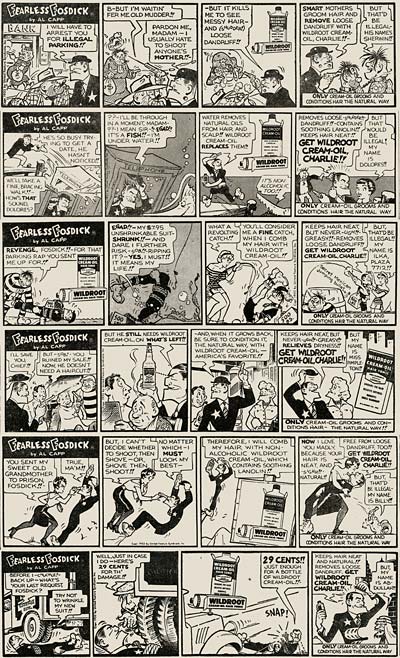
A long-running series of comic strip-format ads appeared in newspapers, magazines and comic books, usually featuring Fosdick battling his arch-villain nemesis, "Anyface". Anyface was a murderous, shape-changing scoundrel whose plastic features could be molded into any identity. He was always given away by his telltale dandruff and messy hair, however. The Wildroot print ads joined Li’l Abner’s national ad campaigns for Cream of Wheat cereal and Procter & Gamble detergents- and later, Hairless Joe and Lonesome Polecat’s supermarket pitches for Kickapoo Joy Juice- when Capp’s volatile moonshine concoctio
n was licensed as a soft drink in 1965.
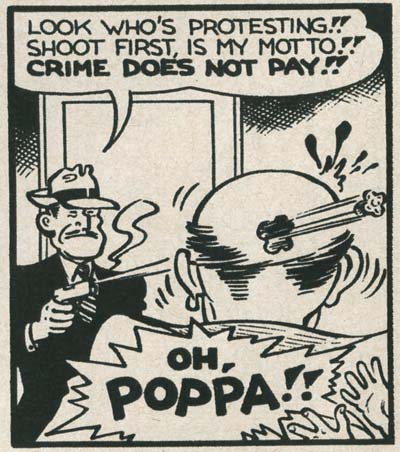
Here is an article from Pageant magazine from May of 1952 featuring a story on Fosdick’s father "Fearful Fosdick", and two of the more memorable run-ins with the mysterious Anyface…
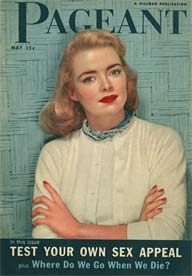
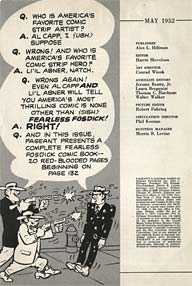
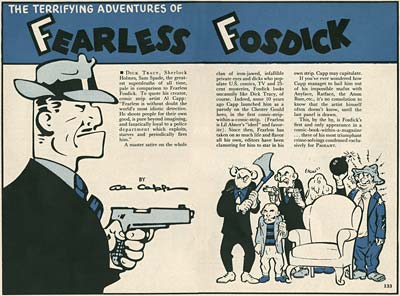
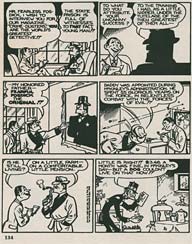
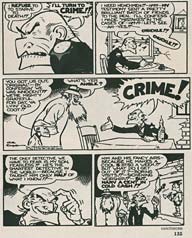
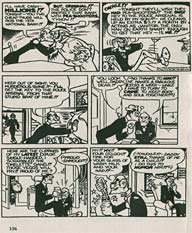
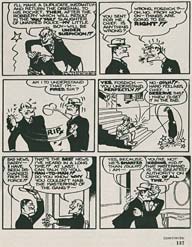
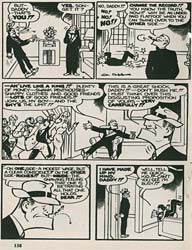
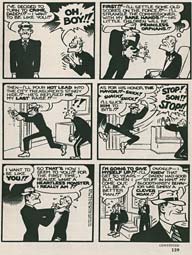
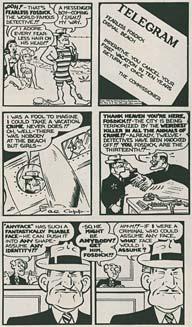
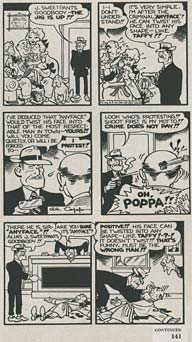
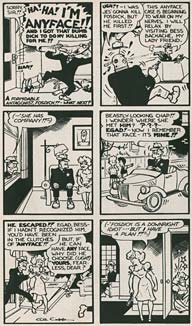
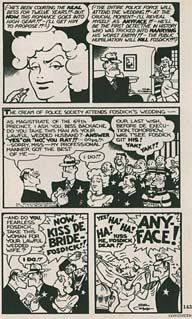
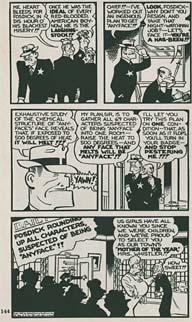
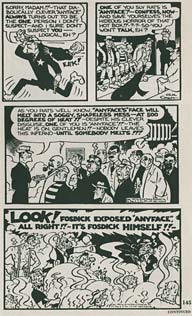
In 1952, a puppet show based on Fearless Fosdick premiered on NBC on Sunday afternoons. Thirteen episodes were filmed featuring the Mary Chase marionettes. The TV show was presumed lost for decades, but vintage kinescopes have recently begun to resurface. According to publisher Denis Kitchen, there are currently efforts underway to release these exceedingly rare Fosdick episodes on a set of DVDs.
Our next story first appeared in 1948- before Monty Python, before Mad and Humbug, before Woody Allen’s classic stand-up routine about TV sets and elevators. Even years before Ernie Kovacs and "The Goon Show", Capp was already doing the kind of demented and surreal "sick" humor that would come into vogue just a few short years later.
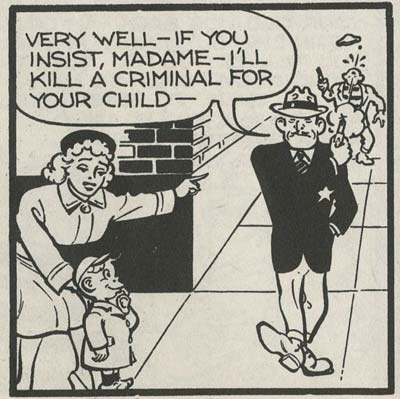
The classic story "The Case Of The Chippendale Chair" was certainly ahead of its time. It shows Al Capp in peak form and at fever pitch, hitting on all cylinders…
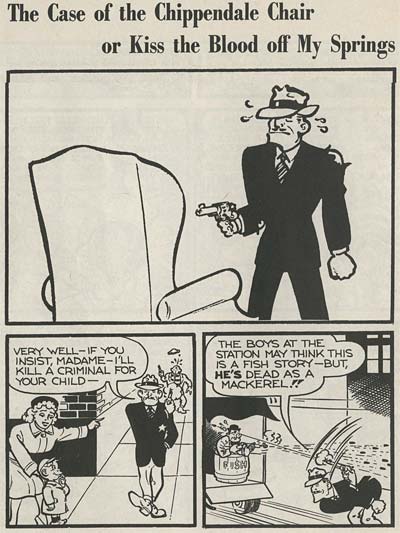
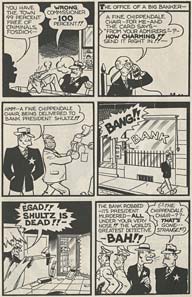
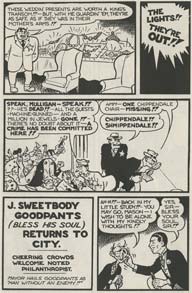
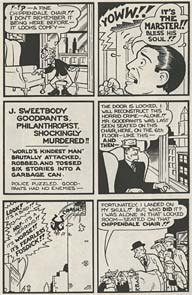
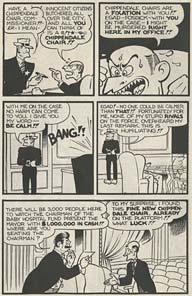
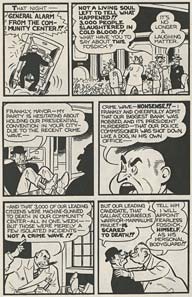
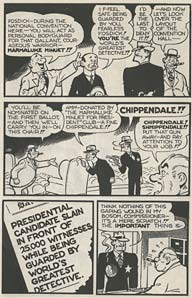
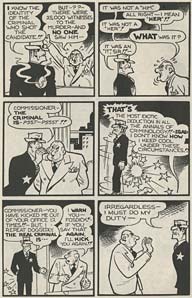
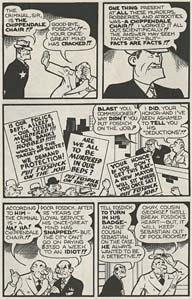
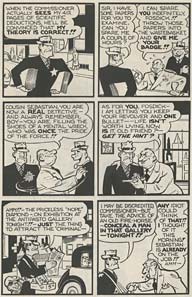
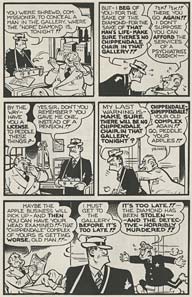
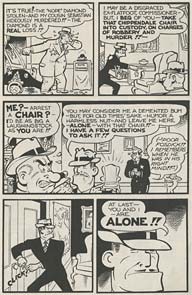
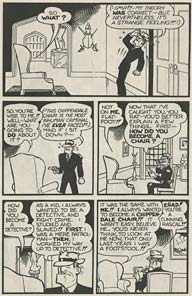
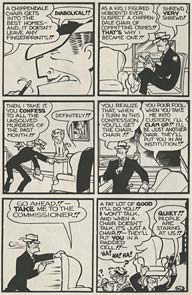
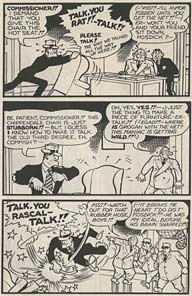
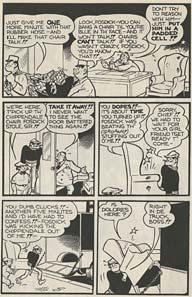
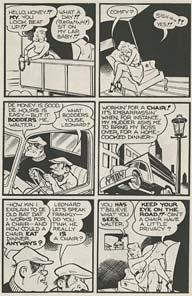
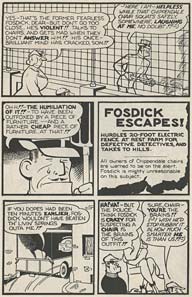
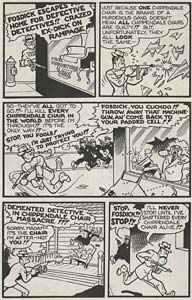
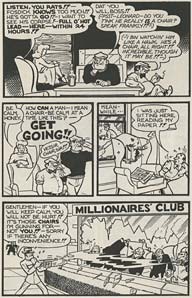
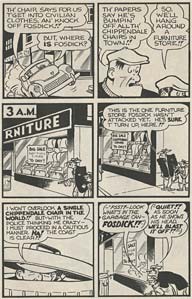
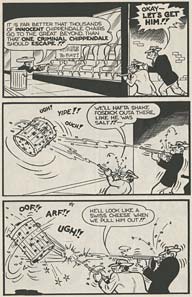
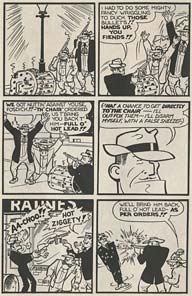
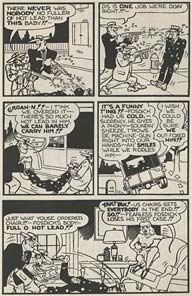
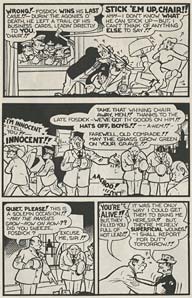
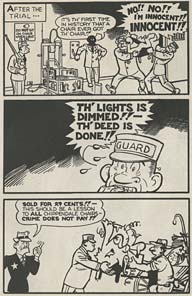

To be continued…
-Mike Fontanelli 2008
Be sure to let Mike know in the comments what you think of these articles. -Steve
Cartoonist Eddie Fitzgerald comments on this post at his blog, Uncle Eddie’s Theory Corner
Stephen Worth
Director
Animation Resources
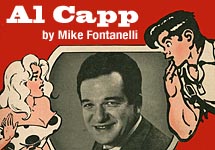

This posting is part of a series of articles comprising an online exhibit by Mike Fontanelli profiling the career of Al Capp.
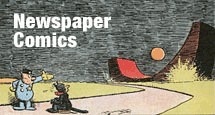

This posting is part of the online Encyclopedia of Cartooning under the subject heading, Newspaper Comics.









 by
by 
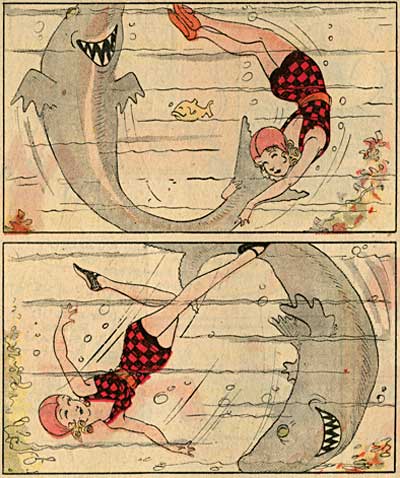
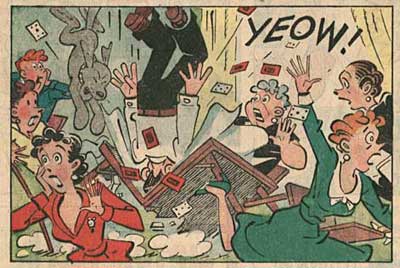
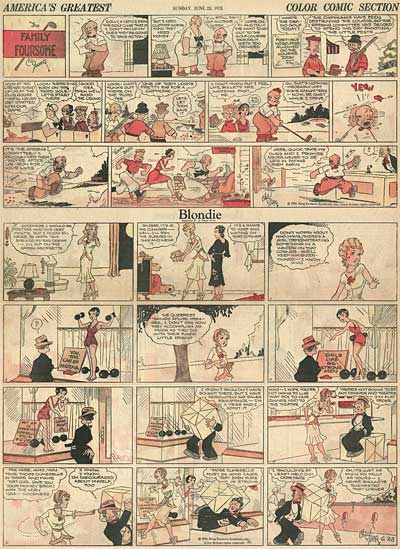
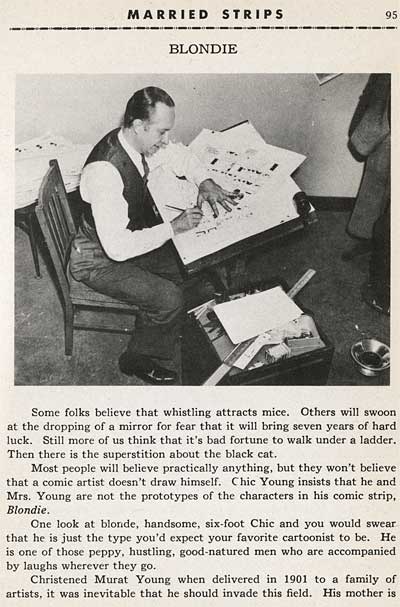
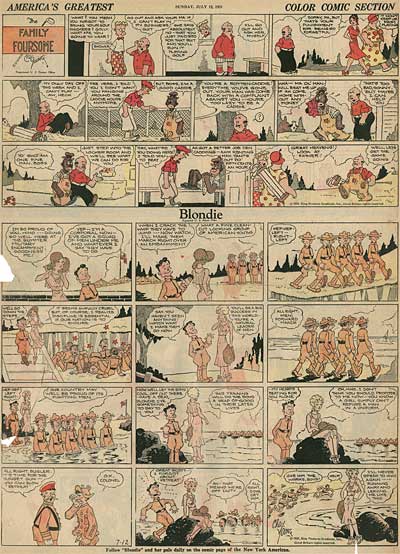
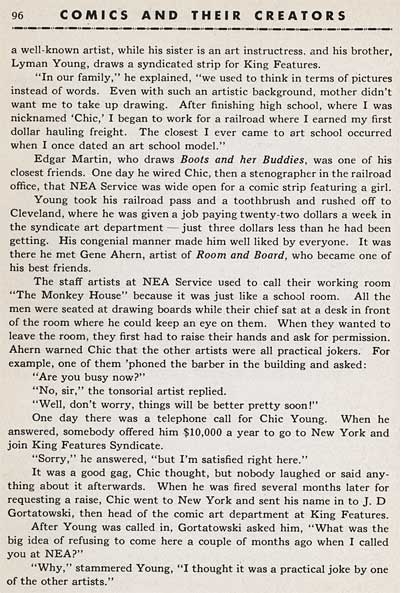
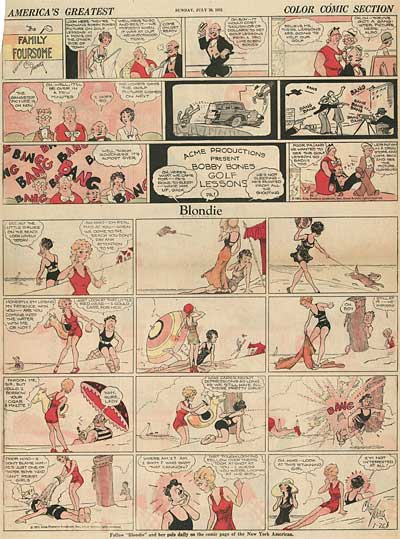
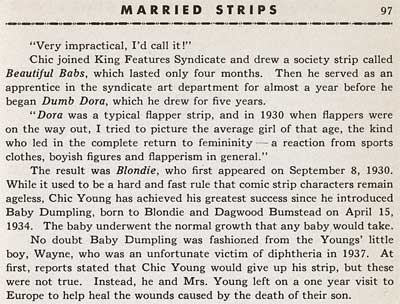

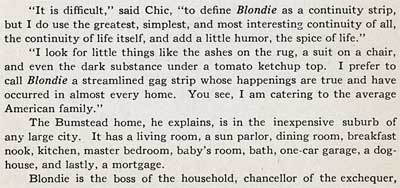
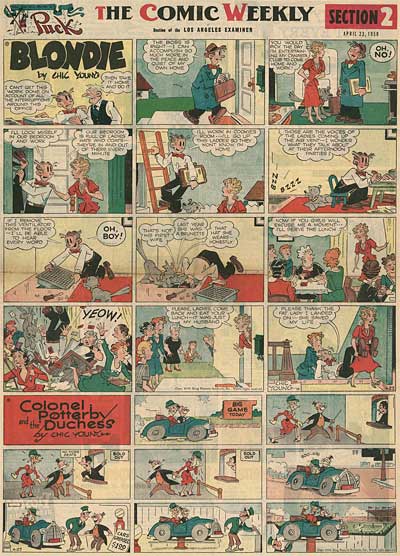
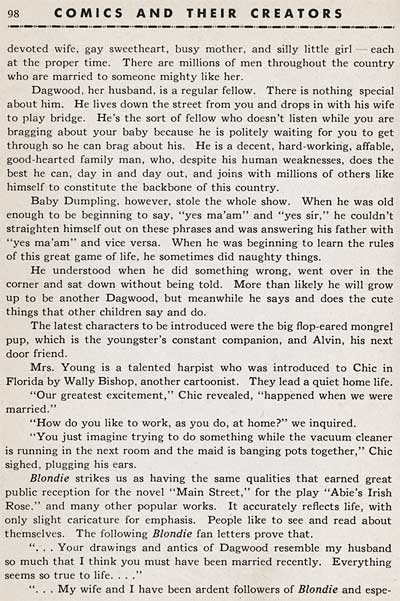
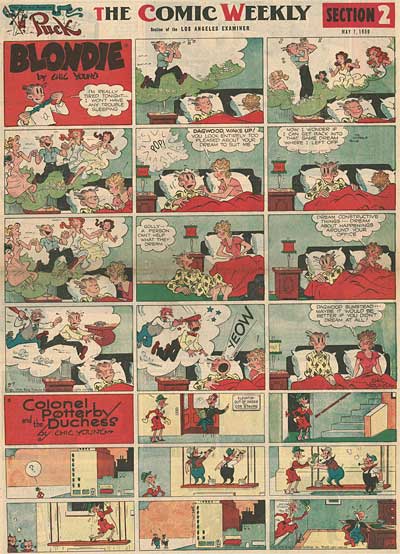
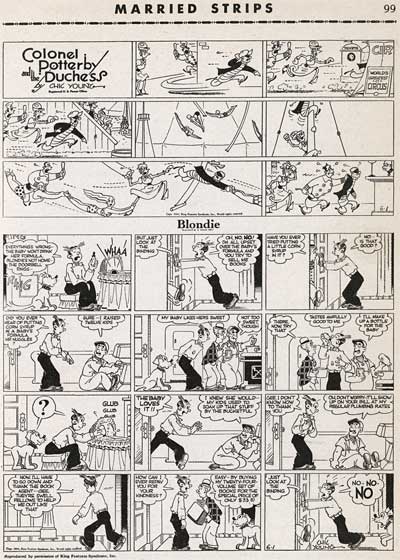
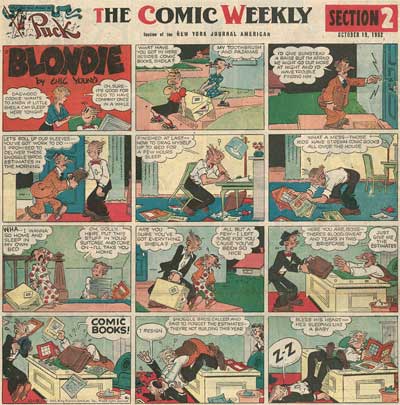
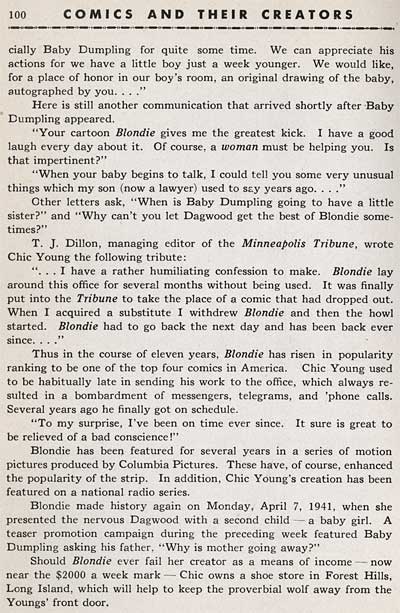
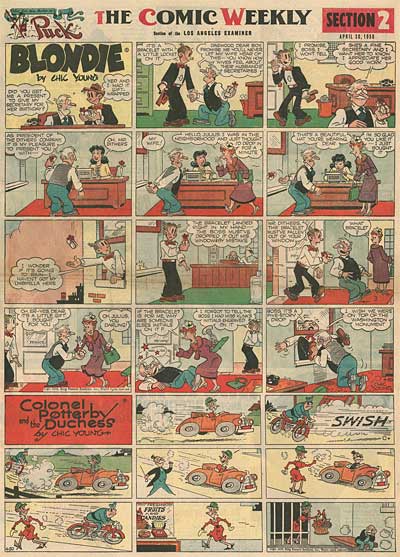
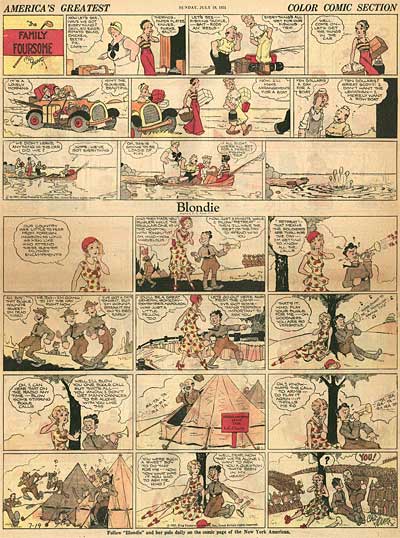

![]()














